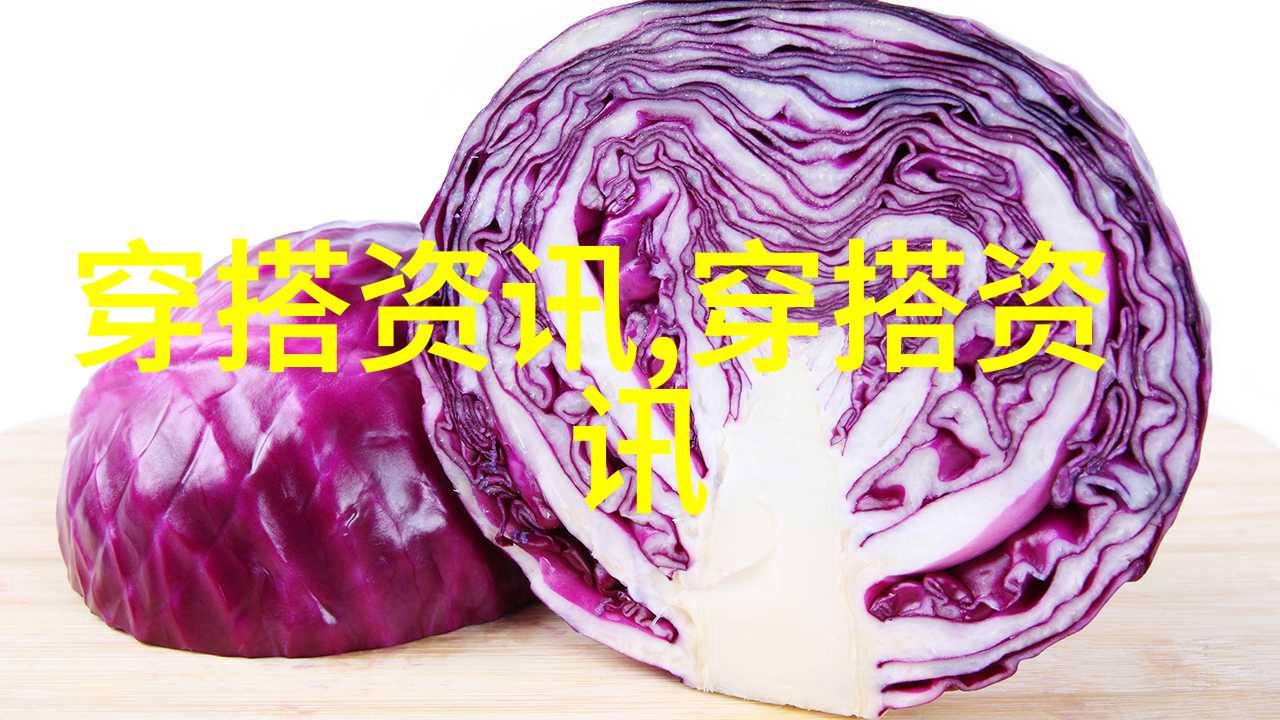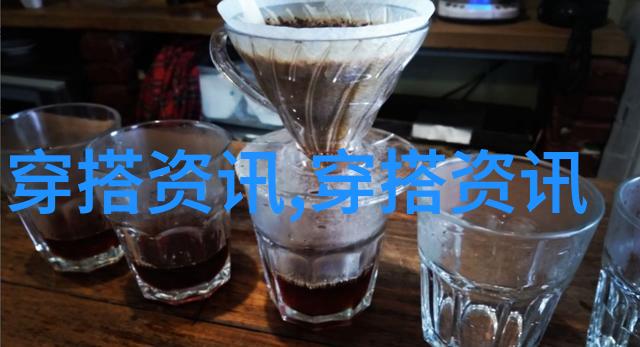glyphosate的历史与发展

glyphosate是一种广泛使用的杀草剂,其化学名称为N-(苯二氮啉-2-甲酰基)-glycine。它首次被发现于1970年代,随后在1980年代开始商业化生产和销售。glyphosate最初是为了替代更危险、对环境有害的除草剂而开发出来,它能够有效地控制作物周围的一些杂草,从而提高作物产量和减少农药使用。
glyphosate在现代农业中的应用

在今天,glyphosate已经成为全球最常用的单一农药之一。它通过叶面喷雾或土壤施用来控制多种水生植物,如水生杂草、稀树林灌木等。在转基因作物领域,特别是在大豆、小麦和玉米中,glyphosate抵抗性基因被引入,使得这些作物可以直接处理含有这个杀草剂的大量残留,从而简化了耕作过程,并增加了经济效益。
glyphosate对环境影响

对于一些人来说,虽然glyphosatesubstantially reduces the need for other herbicides and pesticides, but its widespread use has raised concerns about potential environmental impacts. Glyphosphate has been found to contaminate water sources, particularly in areas with high agricultural intensity where runoff from sprayed fields can reach rivers and streams.
人类健康风险评估

The debate over human health risks associated with glyphosphate exposure is ongoing and contentious. Some studies suggest that exposure to the chemical may be linked to certain cancers, reproductive issues, or neurological problems; however, others argue that these findings are not conclusive or reliable enough to warrant significant changes in policy.
限制与未来趋势

As public awareness of potential risks increases, some countries have started implementing restrictions on glyphosphate usage or requiring additional safety measures when handling it on farms or in households near agricultural land.
可持续性解决方案探讨
To address concerns surrounding glyphosatesafety profile while maintaining efficient farming practices, researchers are exploring alternative methods such as precision agriculture (using advanced technology for targeted application), crop rotation techniques (reducing reliance on a single herbicide), and developing new plant varieties resistant to multiple types of pests rather than relying solely on chemical controls.
In conclusion, while controversies persist regarding the long-term effects of using glysophate-based products in modern agriculture continue to evolve alongside technological advancements aimed at ensuring a more sustainable future for our planet's ecosystems and inhabitants alike



